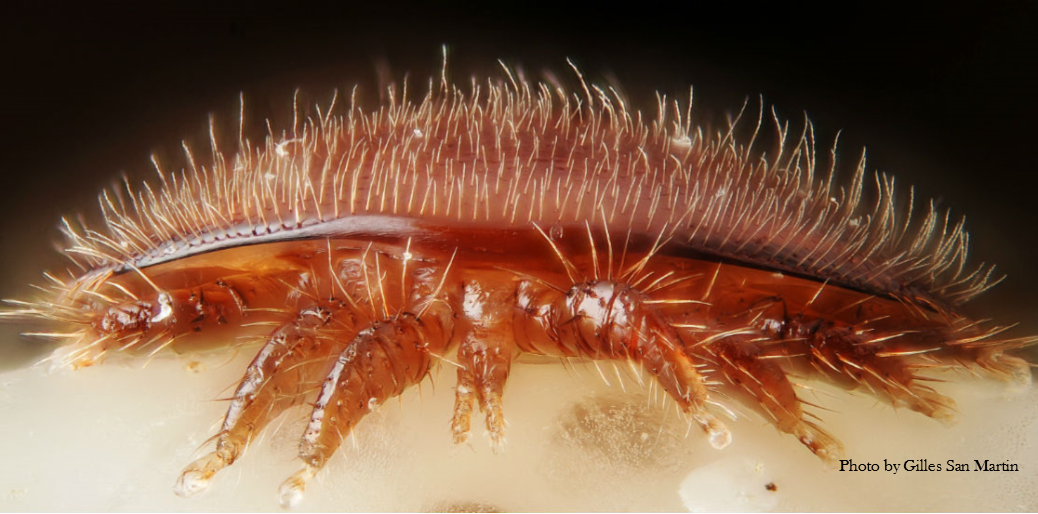The methods that bees use to cope with Varroa are the subject of much research. The ones we know about fall into two broad categories: Grooming and Hygienic Behaviour…
Grooming
Grooming is where adult bees learn to detect and remove Varroa from themselves and from each other. They then destroy the mites by biting them.
Hygienic Behaviour and Varroa Sensitive Hygiene (VSH)
Hygienic behaviour is complicated. Generally, it is the ability to detect and remove diseased or dead brood. The diseases include American Foulbrood and Chalkbrood as well as Varroa although the precise trigger mechanisms must vary with the different diseases. When the disease is Varroa – the trait is known as Varroa Sensitive Hygiene or VSH; the activities are Varroa-specific and something of a conundrum.
Varroa Sensitive Activities
Egg Detection
One hypothesis was that VSH bees are somehow able to detect Varroa in the cells only where foundress female has begun to lay eggs!
The reason for this is that studies of VSH bees where cells were uncapped and the contents examined revealed sterile female Varroa are left in-situ and the cell contents are not removed.
How bees can detect the egg-laying act is open to speculation – although it is thought there is a smell. There might be a noise though! Perhaps the sort of noise that accompanies a stubbornly drawn cork. Whatever it is – when VSH bees detect it, they open the cell and evict the contents including the Varroa, her eggs and the poor wrecked pupa.
However, further research has found that there is more to it than that.
Neurotic Behaviour
It turns out that worker bees, both VSH and non-VSH, habitually uncap and recap sealed brood – why they do this is not known but the frequency varies from colony to colony. Perhaps they’re just checking on the health of the pupae – like anxious mothers peeping in at the cradle.
But where VSH bees are different is the both frequency of uncapping and the size of the hole they make. They make a big hole and they do it often. These aren’t just anxious mothers – these are completely neurotic mothers! Not content with cradle peeping these girls whip the blanket off on a regular basis and give baby a good poke while they’re at it. Obsessive it may be but it is an activity that appears to disrupt the egg laying of the occupant Varroa foundress to such an extent it may cause her to become sterile.
Toilet Training
Here’s a quirky one – Varroa foundresses establish safe defecation sites within the cells. The reason for this being that if they defecate directly onto the pupae they are rendered sterile! There now – that’s what evolution does if you don’t learn to use the lavatory.
Click here for more on that and Varroa reproductive biology
Evolved Resistance
Because Varroa is such a recent pest on Apis mellifera, the bees have to learn how to cope with them and to learn, they need to be exposed to them; they need to be rubbing shoulders with them on a regular basis. Like Apis cerana they have to learn to live with them because they ain’t going away.
Perhaps we beekeepers are doing the bees a disservice by trying to remove all the Varroa. Instead perhaps it would be better in the long run not to treat and allow the bees to adapt.
It’s harsh though – could you do that? A Varroa infested colony is not a pretty sight…
Click here for How to Breed Varroa Resistant Bees
Copyright © Beespoke.info, 2015. All Rights Reserved.
